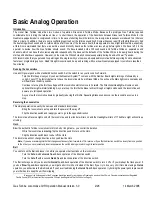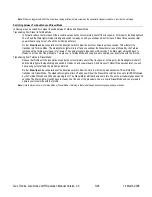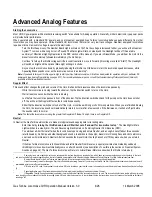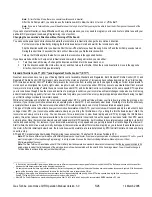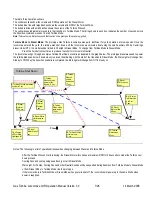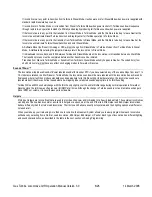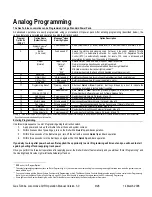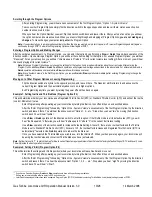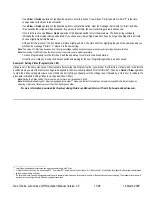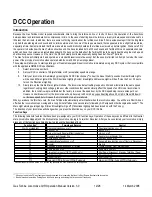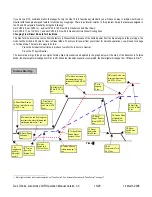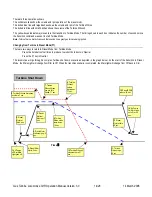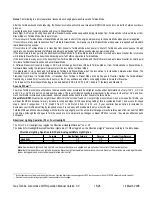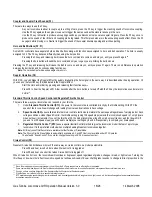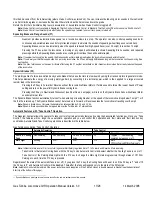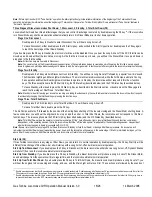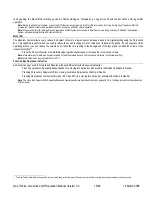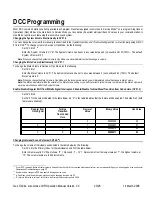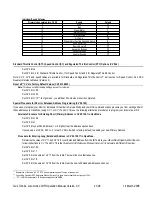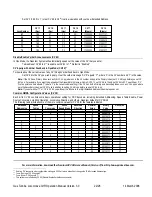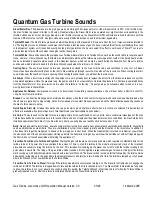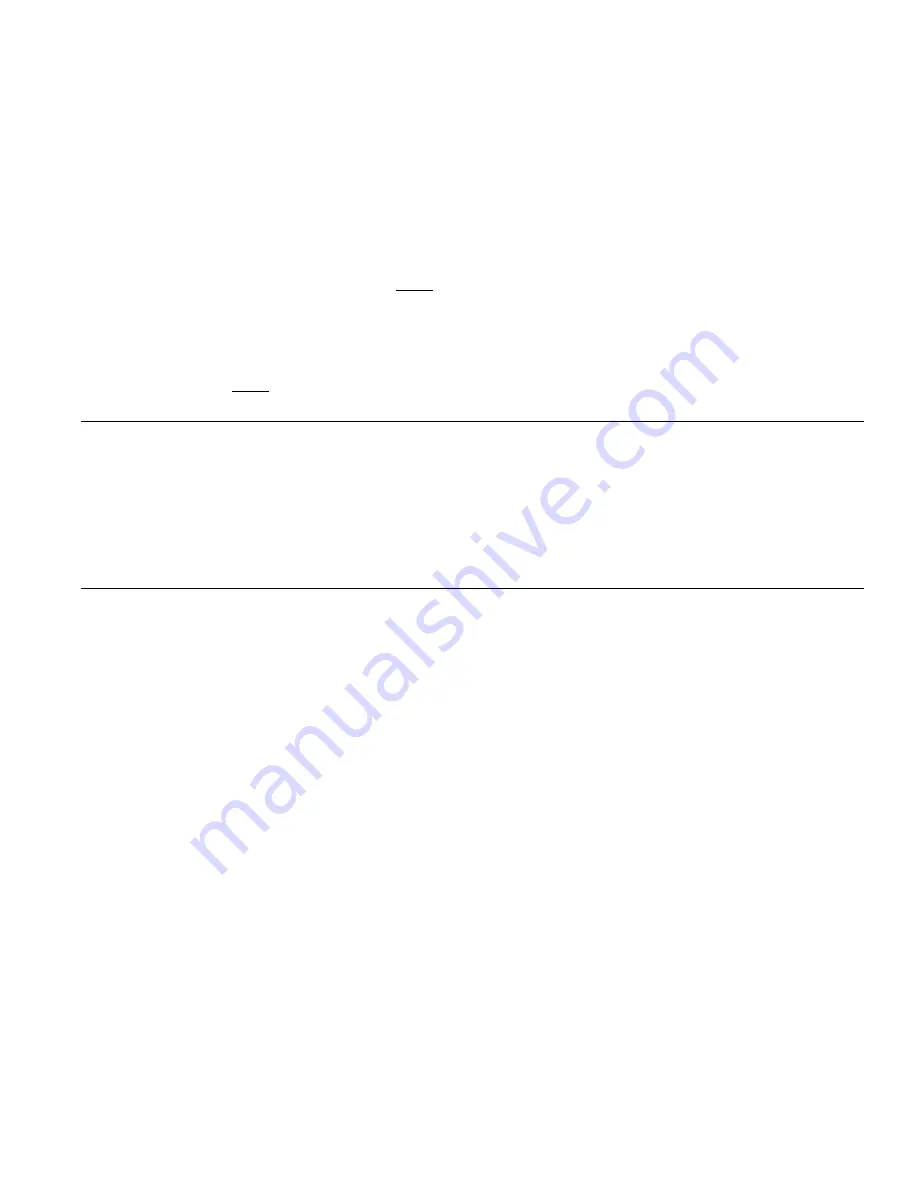
If locomotive is at any point in transition from Turbine to Diesel Mode, it will power up in full Diesel Mode when power is reapplied with
standard rapid diesel start up sounds.
If locomotive is in Turbine Mode or in transition from Diesel to Turbine Mode when power is shut off, Turbine sounds will sequence
through rapid turn-on operation instead of artificially and abruptly producing full Turbine sounds when power is reapplied.
If the locomotive is in any point in the transition from Diesel Mode to Turbine Mode, and the throttle is turned up to leave Neutral, the
locomotive will terminate Diesel/Turbine transition and rapidly enter full Turbine operation in Turbine Mode.
If the locomotive is at any point in the transition from Turbine Mode to Diesel Mode, and the throttle is turned up to leave Neutral, the
locomotive will terminate Turbine/Diesel transition and enter Diesel Mode.
A Software Reset (soft reset) in Analog or DCC will not change from Diesel Mode to Turbine Mode or from Turbine Mode to Diesel
Mode. A Hardware Reset using the jumper will always return the locomotive to Diesel Mode.
It is disallowed to move back and forth between Turbine and Diesel Mode when the locomotive is in transition between either Mode.
The transition process must be completed before another transition can be initiated.
Transition from Diesel to Turbine Mode or transition from Turbine to Diesel Mode will only happen in Neutral. The coded horn (four
short horn hoots) will not have any affect on changing modes in Forward or Reverse.
Sound of Power™
The locomotive will produce Sound-of-Power labored sound effects under RTC if you have selected any of the Load settings from level 1 to
15. Under acceleration, in either Diesel or Turbine Mode, the locomotive sounds will be more labored until the locomotive has achieved its
final speed where it will then produce standard sounds appropriate to its throttle setting. Under deceleration, the locomotive sounds are
less labored until it achieves its final speed where it will again produce labored sounds appropriate to its throttle setting.
Turbine Whine and Whoosh will change with the throttle only slightly over the entire throttle range during normal operation in Forward or
Reverse since the turbine was often run near full RMP at all times. Although the change in Turbine sound is not as dramatic as change in
diesel RPM’s or volume, it is nevertheless quite noticeable.
Helpers
Prototype Helpers are locomotives that are used to provide extra power and/or braking for a heavily loaded train. These Helper locomotives
can be part of the head-end consist or as mid-train helpers or as pushers at the end of the train. Mid-Helper and End-Helper locomotives
behave differently than the train’s lead locomotive. Their horns and bells are usually not operated, and their lighting options are different or
not used at all.
When you make up your train using more than one locomotive, the Quantum System allows you to easily program how each locomotive
will behave by selecting from a Normal, Lead locomotive, Mid Helper, End Helper, or Pusher. Each type of locomotive has different lighting
and sound characteristics, as described in the table in the next section on Analog Programming.
Gas Turbine Locomotive Q1R Operation Manual Version 3.0
8/26
14 March 2006


